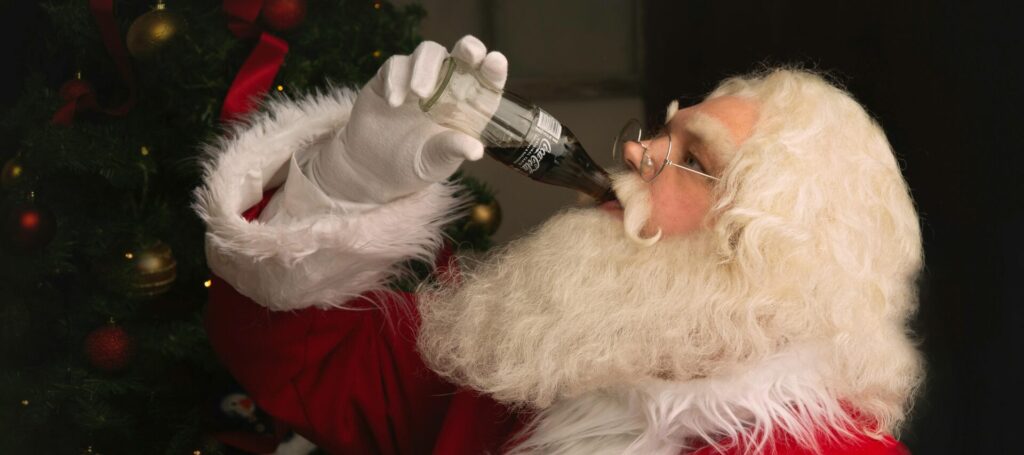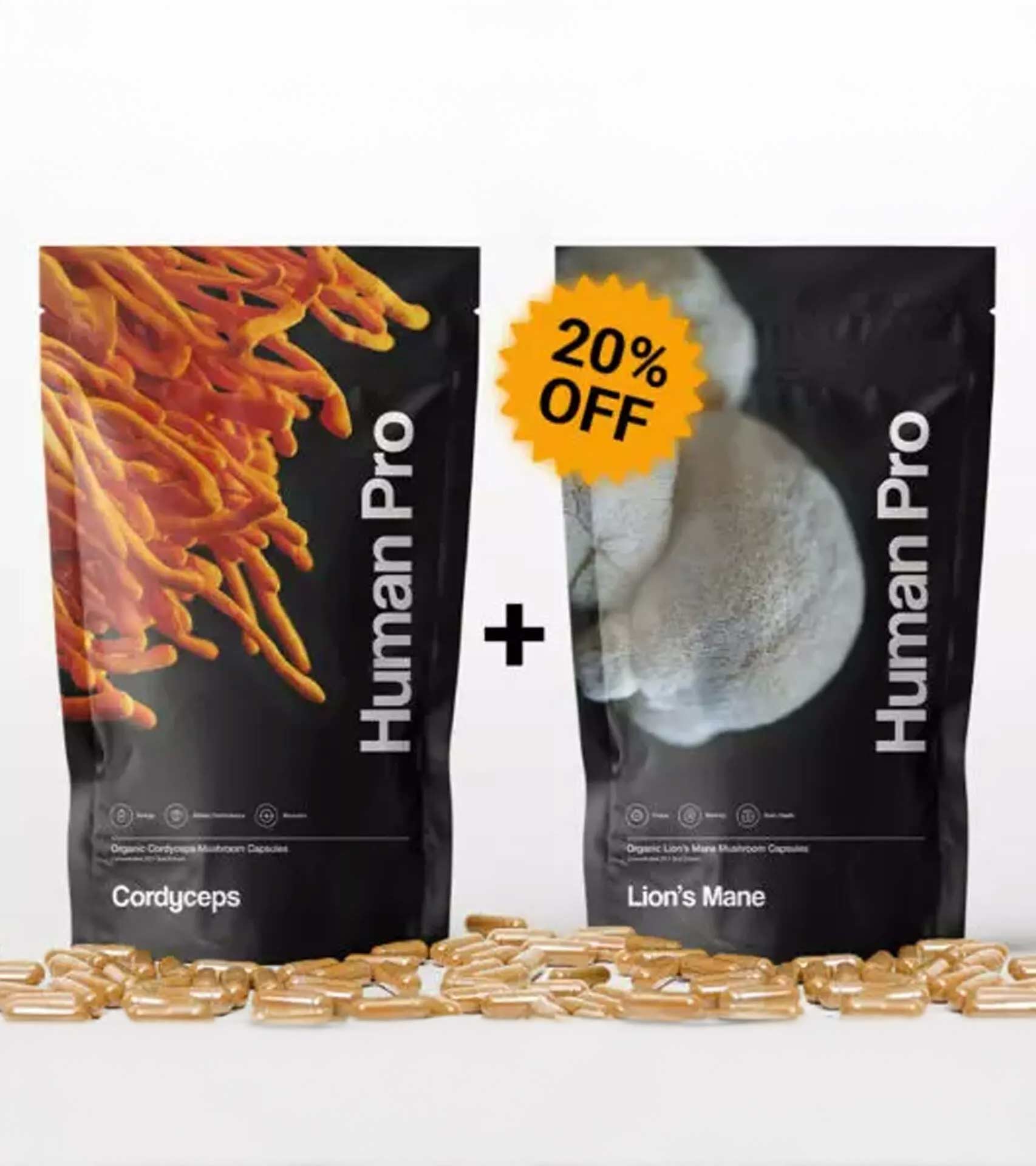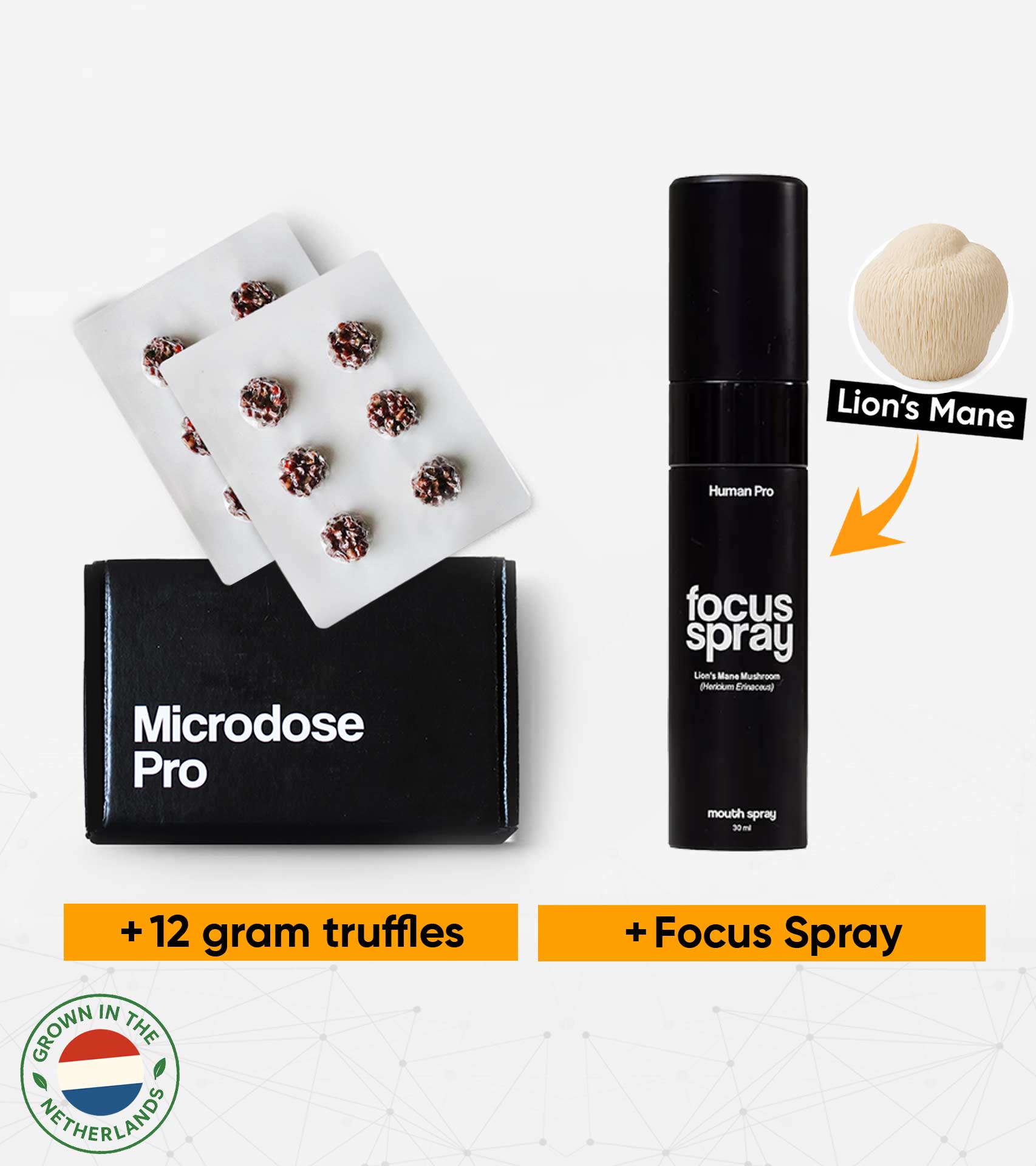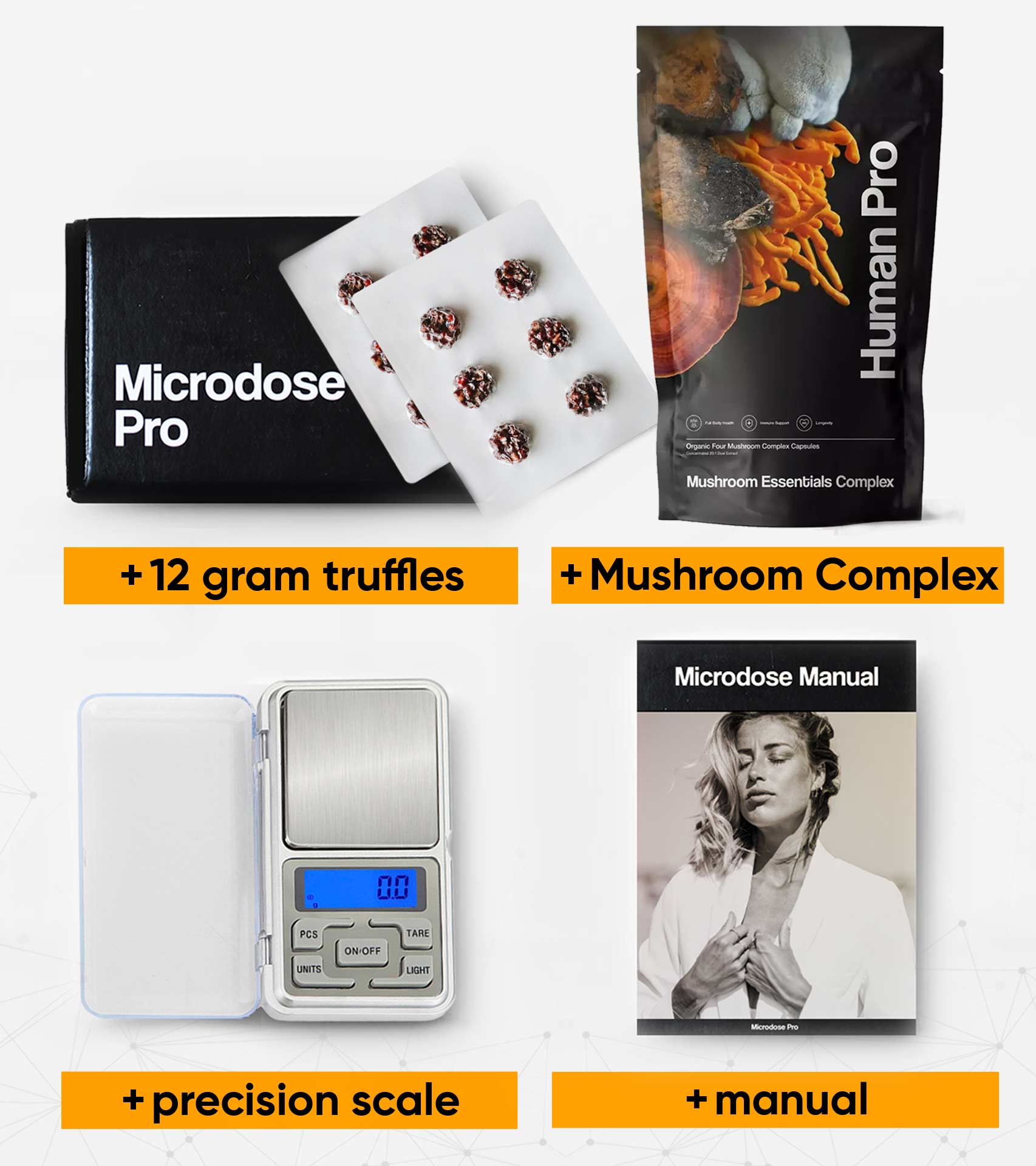Have you ever wondered why Santa wears red and white? While Coca-Cola has successfully claimed these colours as part of their Christmas marketing since the 1930s, the true origin might leave you speechless.
What if I told you that the classic image of Santa Claus, the decorated pine tree, stockings hung by the fire, and even flying reindeer all trace back to something unexpected – the Amanita muscaria mushroom?
This distinctive red and white mushroom, often depicted in fairy tales and holiday decorations, holds deeper truths about Christmas traditions that predate Christianity itself.
Despite coverage from major media outlets most of us have never connected these sacred mushrooms to our beloved holiday traditions. Let’s have a look at what’s been hiding in plain sight all along.
Think about the word “magic” in “The Magic of Christmas.” It’s interesting how we use this word so freely during the holiday season – magical moments, magical nights, Christmas magic. What if this wasn’t just a metaphor? What if the earliest Christmas celebrations were actually about experiencing something truly magical through the ceremonial use of Amanita muscaria?
The Sacred Origins
Two groundbreaking books illuminate these ancient connections. The Sacred Mushroom and The Cross by John Allegro unpacks “the sacred mushroom as the emblem and embodiment of divinity.” This work was one of the first modern explanations of the correlation between psychedelic mushrooms and current Christmas traditions. Mushrooms and Mankind by James Arthur further explores how these fungi have shaped human culture throughout history.
The Mushroom Behind the Magic
It’s a scientific fact that fungi are closer to animals than plants. They breathe oxygen and expel CO2 just like we do. The Amanita muscaria, with its iconic red cap and white spots, grows primarily in Siberia, Lapland, and Northern European regions.
Winter Solstice and Shamanic Wisdom
The timing of Christmas aligns with ancient winter solstice celebrations when many cultures used sacred plants and mushrooms to connect with the divine during the year’s darkest days. The Sami people of Lapland knew something remarkable – their reindeer could safely consume these mushrooms, transforming potentially toxic compounds into something profound.
The Original Santa: A Shamanic Tale
In Lapland, local shamans would venture out to harvest Amanita muscaria, which grows almost exclusively under pine trees. They would dry these mushrooms by hanging them on pine branches – yes, just like Christmas ornaments. These shamans, dressed in red and white garments that mirror the mushroom’s colours, were the original gift-bringers.
Reindeer: More Than Just Flying
Why do reindeer fly in our Christmas stories? Some connect it to the visionary experiences induced by these mushrooms. But there’s more – Norse Gods rode animal-led chariots through the sky, and reindeer actively sought out these mushrooms in the wild. Perhaps this explains Rudolf’s glowing red nose – constant foraging in the snow for their favourite treat.
The Tree and the Chimney
Pine trees share a symbiotic relationship with Amanita muscaria. Ancient beliefs held these mushrooms as the “fruit” of the pine tree – seedless and therefore considered virgin births, adding to their sacred status.
The chimney delivery story? In snow-covered Siberia and Lapland, people’s yurts were often so buried that the smoke hole (or chimney) was the only entrance. Shamans would deliver their dried mushrooms through these openings, creating the tradition we know today.
The Real Christmas Magic
When people speak of “Christmas magic,” they often mean that special feeling in the air – a sense of wonder, possibility, and connection to something larger than ourselves. Isn’t it remarkable that this perfectly describes the traditional ceremonial use of Amanita muscaria?
Both experiences share themes of enhanced perception of beauty and wonder, a deeper connection to nature and each other, a sense of timelessness and eternal presence, access to wisdom and insight, and feelings of universal love and goodwill.
Perhaps this is why Christmas, despite all the commercialisation, still holds such power in our collective imagination. Something in us remembers these deeper roots, this older magic.
Flow Forward
Now that we know Santa was a shaman, how does this shift your perspective on the holiday season?
These traditions remind us that this time of year has always been about more than just gifts and decorations – it’s about connection, community, and touching something beyond our everyday experience.
For me, the winter solstice is about intentional reflection and genuine connection. It’s about nurturing ourselves and those around us. It’s about rest, play, laughter, and giving.
If you want to gift yourself the gift of an amazing new year, be sure to get your microdosing Starter Pack here.
How will you celebrate this year, knowing these deeper roots of our holiday traditions?
As always,
Shine bright. Do good. Flow strong,
Asha ✨







0 thought on “How Coca-Cola Commercialised Christmas Magic”